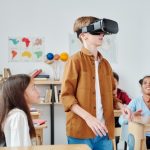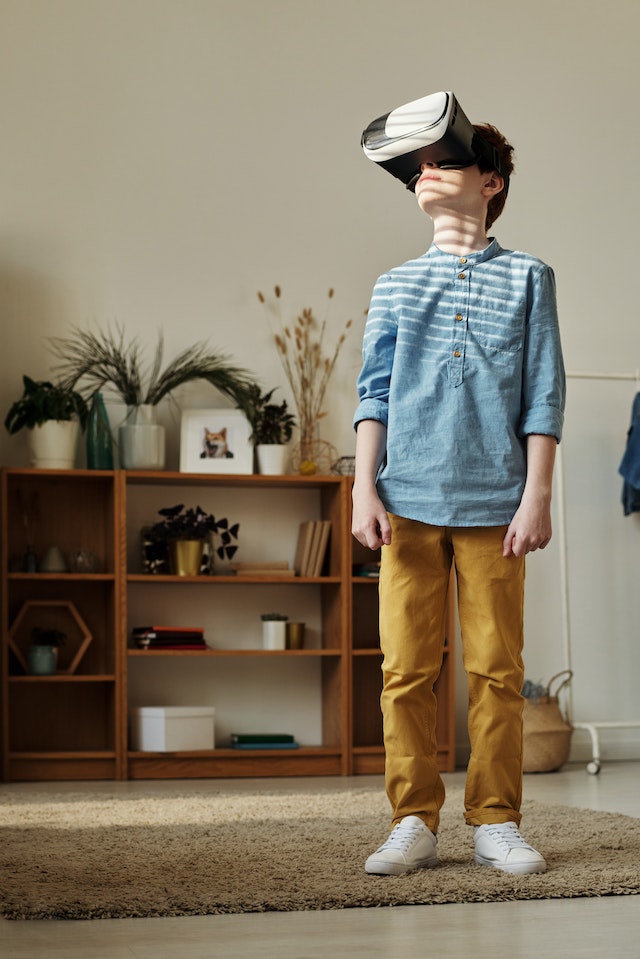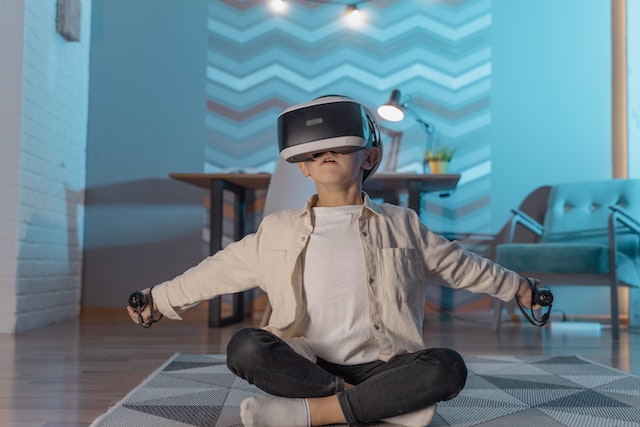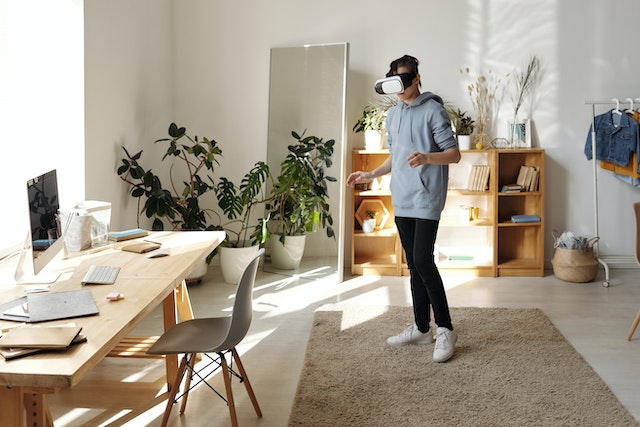
5 Ways Virtual Reality Enhances Learning
March 14, 2023
In the past decade, virtual reality (VR) emerged as one powerful tool that educators can harness to allow students to experience a more immersive, engaging learning experience. Gone are the days when education means getting confined in a four-walled classroom, sitting down, and listening as a teacher discusses the lesson in front. Today, many schools are adapting the concept of VR education and are learning how much it is helping students grasp lessons better than the traditional approach.
VR’s benefits go beyond the traditional learning setup. Students who are being homeschooled have also discovered how much beneficial virtual reality is in their understanding and grasping of the many concepts they are learning. With how VR allows users to expand their perception of things that are typically not accessible or discernible, it is hardly surprising how much the technology has positively impacted learning at every level.
What is truly impressive about VR is how easily and effortlessly it can transport users to faraway worlds without really needing to move an inch. With VR, concepts are no longer just concepts. Students can easily see a visualization of these concepts while also getting an idea of how they are applied in the real world.
As such, learners get a well-rounded understanding of how things apply in real life. This is even more useful when studying concepts in STEM. The possibility of visualizing concepts and subjects not only paves the way for better understanding but makes learning so much more interesting as well. Below are some of the ways virtual reality learning has transformed homeschooling.

Virtual reality makes it possible for students to experience things that are just not possible by just poring through their homeschooling materials. A VR headset is all that one needs to get transported to places, environments and settings that would otherwise be impossible for them to get to. Being able to visualize what you are trying to learn is more effective than just mere theoretical learning. As such, students become more engaged and immersed in the subject.
For instance, if you are interested in how things unfolded when settlers first came to the American shore, you can get transported to the day this happened and see things for yourself. More importantly, you don’t just get to visualize it, VR technology allows you to experience it.
However, parents do need to be more discerning about the things that their children are experiencing while getting homeschooled via VR technology. Making sure that the experiences are appropriate for their age level is essential. VR is highly immersive and ensuring that what your kids are learning is age-appropriate is critical in ensuring that the technology is utilized responsibly.
When it comes to learning, students prefer to watch something as opposed to just hearing it or reading it. Regardless of age, students tend to favor computer-based visualizations and animation. This is exactly what VR homeschooling offers. Instead of just throwing a book of concepts to the learners, they get to see, visualize, and experience the lesson instead. As such, it is easy to keep them interested throughout.
Since VR technology also allows for interaction, students don’t just get to learn faster, they get to retain what they have learned as well. With VR, things that they’re never going to experience in the real world become tangible. This improves their overall motivation, making them even more passionate about studying and learning more.
What VR offers is an immersive learning experience where students explore subjects, concepts and theories that traditional teaching methods are unable to. VR technology is known to incorporate gamification in its learning process. This is the addition of game design elements and mechanics are added to the learning process. Immersive and interactive, VR learning mimics virtual games, making the learning process fun.
Games often have a feedback and reward system that motivates players and keep them hooked. VR learning can use this system to provide learners with instant feedback as well as rewards for completing tasks, reaching milestones or achieving certain goals. Rewards can be unlocking new content or levels. It could also be in the form of virtual badges.
In addition, games are known for having engaging narratives that keep players hooked. The same can be applied to VR in homeschooling. The technology can be harnessed to use storytelling to keep learners captivated. For example, a history lesson on the American Revolution can be turned into a VR game, where the student plays the role of a colonial soldier and fights in key battles. These take learning to the next level and make the experience less of a requirement but something more fun that students can look forward to.

Traditionally, homeschooling has relied heavily on textbooks, online courses, and educational videos. However, these methods may not always provide a hands-on learning experience, which can be critical in helping students understand complex concepts.
With VR technology, students can experience simulations of real-world scenarios, which can help them understand concepts better and make learning more engaging and interactive. Students will be exposed to a more engaging learning approach compared to passive traditional ones.
For instance, students studying the human body can better explore the different systems, organs, and parts of the body. When learning about history, VR allows students to not only visit historical sites but to even check out museums or go on field trips to experience things first-hand — virtually, of course. Students can now experience historical events as they took place, making learning history more interesting and fun.
VR can engage multiple senses for a more holistic learning experience. This approach is based on the embodied cognition principle, which suggests physical experiences are better processed by the brain. In a VR learning setting, students won’t just see and hear experiences, but in some cases, touch what they are seeing and experiencing. This immersive experience can significantly enhance their understanding of the subject matter. The use of VR in learning is particularly beneficial for subjects that require hands-on experiences, such as science, engineering, and art.
The use of sound in VR is also a significant factor in providing a comprehensive learning experience. It can be used to enhance the immersive quality of the VR environment to make a more engaging experience. Recently, the use of touch is being introduced in VR technology and is looking quite promising. When harnessed right, VR developers can effectively create simulations incorporating a sense of touch to take learning immersion to the next level.

The pandemic has brought to the fore the many benefits of homeschooling. However, keeping learners interested in the lessons has remained a challenge, especially when they are learning on their own and not in a classroom with other similar-aged students. As homeschooling sometimes makes students feel isolated not just from other kids but also from the rest of the world, virtual reality learning opens new worlds of possibilities. With the engaging, immersive and more fun experience it offers, it is hardly surprising how more people are incorporating the technology into their homeschooling curriculum.